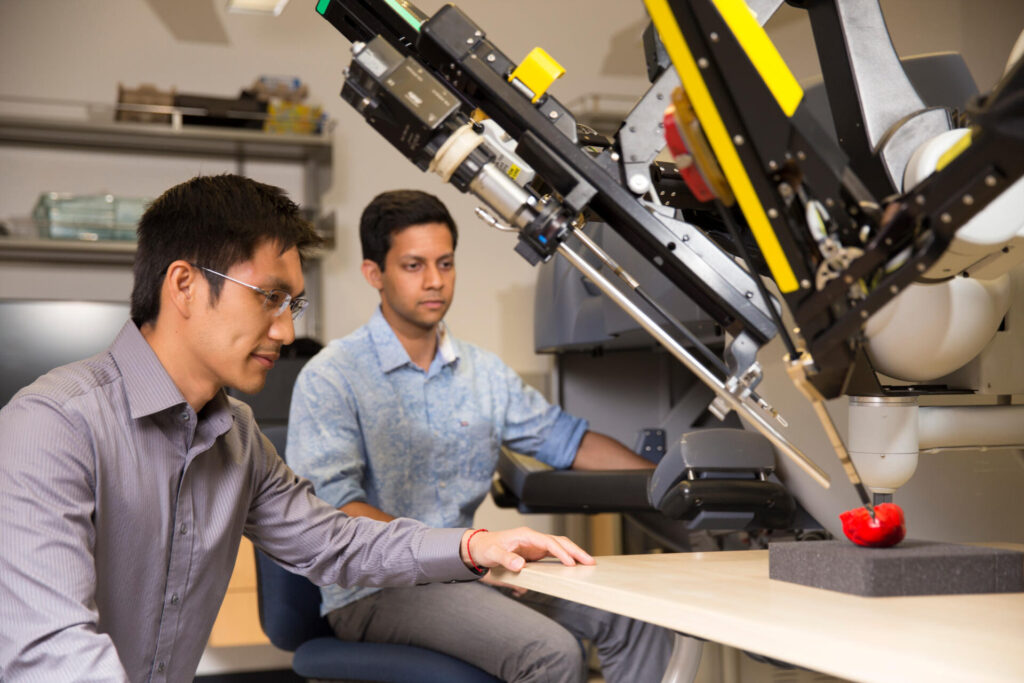
Imagine a world where the very machines meant to streamline and enhance productivity are themselves the victims of an unrelenting force: vibration. Industrial computers, designed to operate with precision and reliability, are often subjected to harsh environments that can wreak havoc on their delicate components. From the whirring of machinery to the rumbling of equipment, vibration can lead to catastrophic failures and costly downtime. In an era where efficiency and performance are paramount, the need for effective vibration dampening strategies has never been more pressing.
In this article, we will delve into the world of vibration-resistant PCs and explore six essential strategies to ensure your industrial computers can withstand the rigors of their surroundings. From proper mounting and shock absorption to advanced materials and design enhancements, we will examine the latest techniques and technologies that can help your industrial computers operate smoothly and efficiently, even in the most demanding environments.
As we explore these strategies, we will draw on insights from leading experts in the field, including references to cutting-edge research and real-world applications. Whether you are an industrial engineer, a facility manager, or simply someone looking to optimize your equipment’s performance, this article will provide you with the tools and knowledge you need to mitigate the effects of vibration and ensure the reliability and longevity of your industrial computers.
Industrial computers, by their very nature, are exposed to harsh environments and extreme conditions. One of the primary challenges they face is mitigating the effects of vibration, which can significantly impact their performance and reliability. In this article, we will delve into the strategies for vibration dampening in industrial PCs, exploring the methods and technologies that can help you ensure your equipment remains stable and efficient.
Understanding Vibration and Its Impact
Vibration can occur due to various factors, including mechanical movement, fluid dynamics, or even environmental factors such as wind or earthquakes. It can lead to several detrimental effects on industrial PCs, including:
- Hardware Damage: Vibration can cause physical damage to components, leading to shortened lifespan and increased maintenance costs.
- Data Loss: Sudden jolts or vibrations can disrupt data storage and transmission, resulting in data corruption and loss.
- Performance Degradation: Vibration can cause heat buildup and component malfunction, leading to decreased processing power and overall system efficiency.
To mitigate these effects, industrial PCs need to be designed with vibration resistance in mind.
Strategies for Vibration Dampening
1. Proper Mounting and Anchoring
Properly mounting and anchoring industrial PCs can significantly reduce the impact of vibration. This includes:
- Secure Mounting: Ensuring that the PC is securely fastened to a stable surface reduces the likelihood of physical damage from vibration.
- Strap Mounting: Using straps or other anchoring mechanisms to keep the PC from shifting during vibration can also be effective.
2. Shock Absorbers and Dampers
Installing shock absorbers and dampers can help reduce the impact of sudden jolts:
- Shock Absorbers: These devices can absorb shock and vibration, protecting the PC from sudden movements.
- Dampers: Dampers are designed to reduce vibration over time, ensuring a smooth and stable operation.
3. Mechanical Design
The mechanical design of the PC itself can be optimized to improve vibration resistance:
- Sturdy Construction: Using sturdy materials and a robust design can reduce the likelihood of damage from vibration.
- Anti-Vibration Design: Incorporating anti-vibration design elements into the PC’s construction, such as dampening materials and flexible components, can significantly reduce the impact of vibration.
4. Optimized Cooling
Effective cooling is crucial for maintaining system efficiency and reducing the impact of heat buildup:
- Active Cooling: Using active cooling systems like fans and heat sinks can help reduce heat buildup and improve overall performance.
- Passive Cooling: Implementing passive cooling methods like heat pipes and natural convection can also be effective in reducing heat buildup.
5. Advanced Materials
The use of advanced materials can help in reducing the impact of vibration:
- Fiber-Reinforced Materials: Fiber-reinforced plastics and composites can provide improved structural integrity and vibration resistance.
- Advanced Alloys: Using advanced alloys with high mechanical strength and vibration damping properties can enhance the PC’s durability.
6. System-Level Solutions
System-level solutions can also be employed to reduce the impact of vibration:
- Advanced Software: Implementing advanced software that can detect and mitigate the effects of vibration can help maintain system stability.
- Real-Time Monitoring: Real-time monitoring of system performance can alert operators to the need for maintenance or repair before significant damage occurs.
Ensuring the vibration resistance of industrial PCs is crucial in maintaining their performance and reliability in harsh environments. By implementing the strategies discussed here, you can significantly reduce the impact of vibration and prolong the lifespan of your industrial PCs.
Industrial PCs Can Withstand Vibration
If you are looking to upgrade your industrial PCs with vibration resistance, you can start by exploring advanced material options and system-level solutions. Additionally, consider consulting with experts who can help you design and implement the best vibration dampening solutions for your specific needs.
In this article, we explored the strategies for vibration dampening in industrial PCs, highlighting the importance of proper mounting, shock absorbers, mechanical design, optimized cooling, advanced materials, and system-level solutions. By implementing these measures, you can ensure that your industrial PCs remain stable and efficient in even the most challenging environments.
You may also be interested in: CorSense Predictive Maintenance Module Sensor | Corvalent
Ready to elevate your mission-critical operations? From medical equipment to military systems, our USA-built Industrial Computing solutions deliver unmatched customizability, performance and longevity. Join industry leaders who trust Corvalent’s 30 years of innovation in industrial computing. Maximize profit and performance. Request a quote or technical information now!
